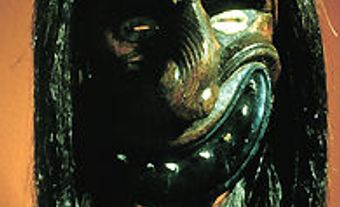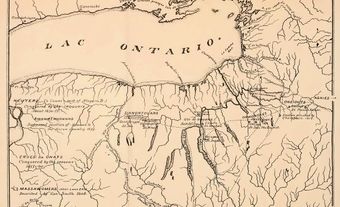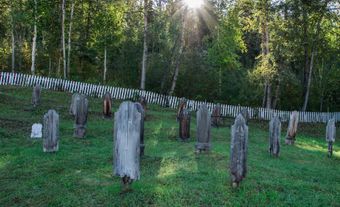Séminaire de Québec, an educational institution consisting of the Grand Séminaire and the Petit Séminaire. The former, fd 26 Mar 1663 by Mgr François de LAVAL, was to train priests and guarantee parish ministries and evangelization throughout the diocese. In 1665 it was affiliated with the Séminaire des Missions Étrangères de Paris. The Petit Séminaire opened Oct 1668, accepting Indigenous and French students who were going to study at the Collège des Jésuites. In 1692 the Séminaire de Québec was forced to give up control of parish ministries and become merely a centre for the training of priests, under the ultimate control of the bishop. The CONQUEST (1760) ended its control of the presbytery of Québec and of the missions in Illinois; in 1768 affiliation with the Séminaire des Missions Étrangères de Québec also ended. Three years earlier the Petit Séminaire had become a college, teaching the cours classique (liberal arts) along Jesuit lines and accepting students who did not intend to become priests. In 1852 the Séminaire de Québec was asked to found UNIVERSITÉ LAVAL and provide its first officials; it became the centre of the Faculty of Arts, with which all seminaries and colleges in the province had to be affiliated. In 1964 the liberal-arts course was divided into a secondary section and a college section (the final 3 classes). When the Québec government took over control of the entire educational system, the Séminaire de Québec remained a private institution. It was recognized as being of public interest in 1969, and its students in the college section took the public program of general education in preparation for all university faculties. Since 1971 women have also been accepted into the college section.
Architecture
The Séminaire's buildings were laid out according to 17th-century planning principles, with wings or pavilions arranged around interior courtyards reached through a covered carriageway. The principal quadrilateral, though composed of buildings ranging in age from the 17th to the early 20th centuries, displays features characteristic of French regime public architecture: rubble masonry covered with stucco, or crépi, casement windows with small panes of glass, steep roofs with dormers, and massive chimneys set in raised firewalls. Of particular note are the Bursar's wing, designed from 1678 to 1681 and restored in 1866 after a fire, which conserves intact its vaulted kitchen, and Mgr Briand's chapel with its delicate altarpiece carved in 1785-86 by joiner Pierre Emond.

 Share on Facebook
Share on Facebook Share on X
Share on X Share by Email
Share by Email Share on Google Classroom
Share on Google Classroom




